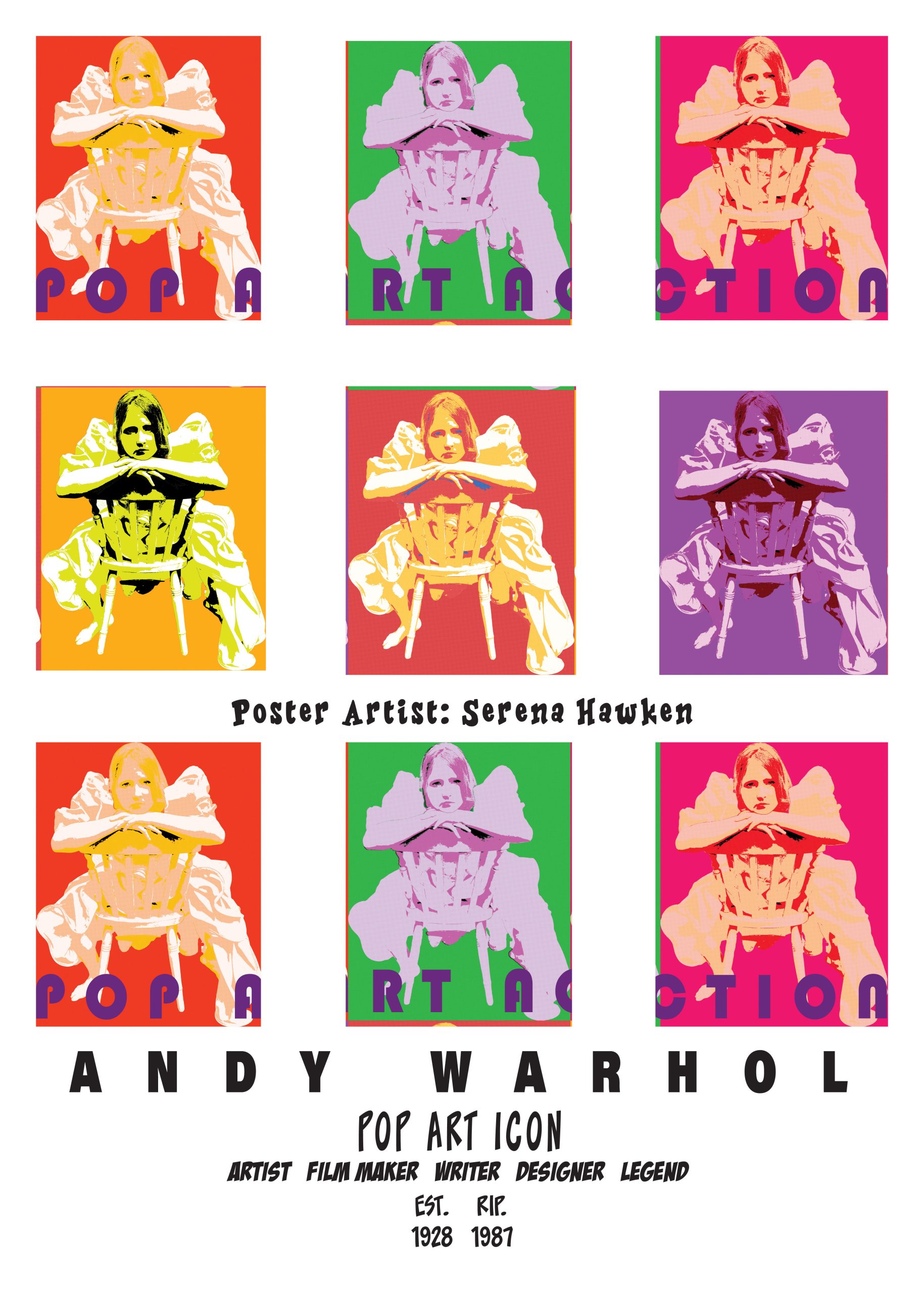Graphic design and content creation!
Graphic design involves creating visual content using various elements such as typography, images, colors, and layout.
Content creation, on the other hand, involves generating engaging and valuable material for your target audience. Here are some steps and tips for effective graphic design content creation:
- Define Your Purpose and Audience: Understand the purpose of your graphic design content. Are you creating it for social media, a website, a presentation, or something else? Define your target audience as well to tailor your design to their preferences and needs.
- Gather Resources: Collect all the resources you’ll need for your design, including high-quality images, icons, logos, fonts, and any other relevant assets.
- Choose the Right Tools: Depending on your skills and preferences, you can use tools like Adobe Photoshop, Illustrator, Canva, Figma, or even online platforms like Crello or Piktochart.
- Layout and Composition: Plan the layout of your design, considering the hierarchy of elements, alignment, balance, and visual flow. Use grids and guides to maintain a consistent structure.
- Typography: Select fonts that align with your brand or message. Stick to a maximum of two or three fonts to maintain a clean and readable design. Consider font size, line spacing, and text alignment.
- Color Palette: Choose a color scheme that complements your brand identity and evokes the right emotions. Utilize color psychology to convey the desired message.
- Images and Graphics: Incorporate relevant images, illustrations, or graphics that enhance your message. Ensure the images are high-resolution and properly optimized for the platform you’re using.
- Branding Consistency: Maintain consistency with your brand’s visual identity, including the logo usage, color palette, and overall style.
- Whitespace and Clutter: Embrace whitespace (negative space) to avoid overcrowding your design. It helps improve readability and gives a clean look.
- Mobile-Friendly Design: As a significant portion of content is consumed on mobile devices, ensure your designs are responsive and look good on various screen sizes.
- Engaging Call-to-Action (CTA): If applicable, include a clear and compelling call-to-action that directs your audience to take the desired action.
- Feedback and Iteration: Don’t hesitate to seek feedback from peers or colleagues. Iterative design is essential for improving your work.
- Testing: Test your design across different devices and platforms to ensure it looks and functions as intended.
- File Formats: Depending on where you plan to use your design, export it in the appropriate file formats (JPEG, PNG, GIF, PDF, etc.).
- Legal Considerations: Ensure you have the necessary rights and licenses for any images, fonts, or other assets you use in your design.
Remember, practice makes perfect. The more you experiment with different design elements and techniques, the more you’ll refine your skills and create impactful graphic design content. Just take a look at this designers portfolio for some inspiration

